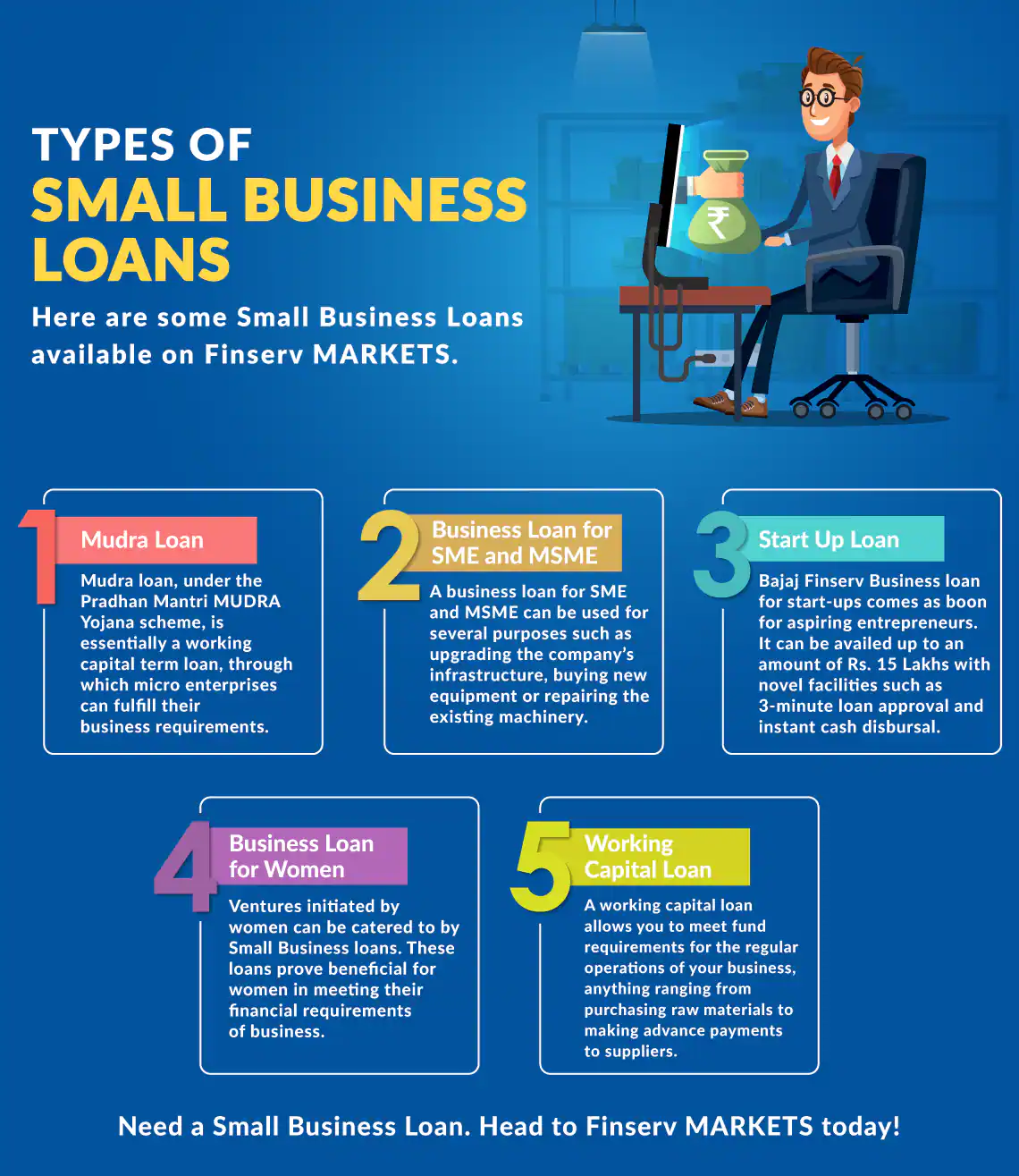Let me also point out that women have varied investing and planning requirements compared to men. They are more likely to put their career on hold to care for their family members than their children. This typically happens when they are about to enter their earning years as it is likely at the same time, they enter married life. Therefore, saving in the early years of your 20s is one of the best financial decisions you will ever make for yourself.
In this post, you will get to explore the best way to gain financial independence in your 20s.
The Road To Financial Independence: Where Women Stand Today
A year ago, Chartered Accountant Rachana Ranade said in her TEDx Talk on Women and Financial Independence that 33% of women make independent investment decisions. What’s stopping the others? The mental blocks that halt their journey include:
- Believe they don’t have any idea of what investing is all about – 49%
- Believing they don’t have enough money – 32%
- Fearing they will lose money – 13%
- Allowing others to invest on their behalf – 6%
This survey was published in 2019 and it revealed another interesting fact. 33% of women who did plan financial investments were encouraged by their husbands to do so. 24% of women were encouraged by their parents to make these investment decisions.
Not many surveys are easily available to mark the latest figures. However, over a year ago, a survey by SBI General Insurance was published in the Indian Express. The survey pointed out that only 17% of women had consulted a financial planner. Furthermore, 34% of the women indicated the need for guidance from finance experts for gaining financial independence.
The survey also found that 48% of women preferred increasing their investments and savings to improve their financial freedom.
77% of women preferred holding a separate bank account after marriage as an important step for financial independence.
There are many women even today who do not have the confidence to manage their finances. Let’s discover together the steps a woman in her 20s should take towards financial freedom.
Pathway To Financial Freedom For Women In Their 20s
It’s never too early to begin planning and executing your financial strategy. I am laying down these significant steps that women in their 20s should start doing now for a stress-free future.
Your first step is to set up an emergency fund. You can tap these funds if you experience a loss of income, disability expenses, or medical emergencies. You could start by saving six months’ worth of expenses in this fund, including sums targeted towards EMI payments. Six months amounts to a significant figure which is why you must start building this fund sooner than ever. So, on a regular basis, put away some cash for an emergency fund. Taking this in your 20s is a better option, though not the only one, as you are likely to have fewer financial responsibilities.
You can think about bank fixed deposits and liquid funds as your first options. These are avenues easily available to you when you need them. They do not offer high returns but are liquid in nature and your capital is not at risk.
However, if you earn within a high tax bracket, choose to park your sums in a combination of bank fixed deposits and liquid funds. Let’s say you do not have a bank fixed deposit account, consider a recurring SIP or Systematic Investment Plan into a liquid fund. Plan your SIP after considering the target amount you want to allocate to your emergency fund.
You can also look towards contributing to provident funds or taking up retirement schemes like Public Provident Funds (PPF) or Employee Provident Funds (EPF).

Other areas to focus on are:
1) Equity Mutual Funds
An Equity Fund, also known as Growth Funds is a Mutual Fund Scheme. Here, investments take place in the shares or stocks of companies. Equity funds are active or passive wherein two different approaches are availed in either of the two.
In the Active Fund, the fund manager will scan the market, conduct research, analyse performance, and identify the best stocks to invest. In a Passive Fund, the fund manager will build a portfolio that matches the popular market index like Nifty Fifty or Sensex.
Furthermore, Equity Funds can also be divided into large-cap, mid-cap, or micro-cap funds depending on how much the capital market values a company’s equity entirely.
2) Tax Efficient Investment Options
This involves generating a tax-free income which can be taken up through various options:
- Life Insurance
- PPF (Public Provident Fund)
- NPS (New Pension Scheme)
- Pension
- Life Insurance
Understanding which options are good for you can take time, which you can save by connecting with me for financial guidance and consultation.
Now, here are a few more steps to note as you plan your finances in your 20s.
Make sure to diversify your asset classes to mitigate possible financial risks. Emergencies are, by their very nature, likely to crop up at the least expected moments. It could be a family member’s hospital emergency, your own, or an asset that you need to buy and cannot ignore for the near future.
Furthermore, invest a significant portion of your portfolio into equities. This is because, as you age, the amount invested grows through the power of compounding. Since you are in your 20s, doing this will benefit you well in the long term.
Lastly, do not attempt to predict short-term market movements, instead take up a long-term perspective.
Achieving financial freedom entails a journey of trusting oneself and demystifying the limiting beliefs that you can’t do it. As a woman, it is important to understand that your financial freedom is as important as the loved ones you care for in your daily life.



